Deir Al Madinah (Workers’ Village)
Deir Al-Medinah is unique in that it is the lone example of a well-preserved Egyptian village near Luxor. Kings and q...
Today relatively little remains of what is thought to have once been the most impressive temple complex on the West Bank of the Nile. Several clusters of pillars and a few damaged statues stand among a large field of ridges, holes, broken foundations, and pieces of statuary that mark out where the rest of the complex once stood. The reputation of this site is now tied more to the reputation of the man that commissioned it, rather than the appearance of its ruins.
Ramesses II is the name most often heard in association with many of the monuments around Luxor and further south. He was a prolific builder and also had a habit of repurposing existing monuments to add to his reputation.
He was the greatest conqueror in the history of Ancient Egypt, ruling for 67 years during the New Kingdom (1279—1213 BC) and extending the range of his kingdom into new frontiers in the south, west, and north in Syria.
This temple was dedicated to him and a testament to his power and influence and it was meant to be the greatest of all monuments.
Plundering by subsequent pharaohs, who could no afford to quarry their own stones, natural disasters, and finally this sites use as a church by early
Egyptian Christians have all taken a toll on this once great structure, but even among the scattered ruins evidence of its greatness still persists.
There are the remains of a toppled colossus of Ramesses II that is estimated to have stood over six stories tall, the largest freestanding sculpture ever in Egypt and one of the largest ever attempted anywhere in the world.The decoration of the remaining columns in the hypostyle hall is also impressive, showing the fine craftsmanship with defined the Ramesseum’s construction.
Though relatively little remains, the Ramesseum is still an exciting visit, especially for those with a particular interest in the life of Ramesses II,
the greatestof the pharaohs. Its layout was the inspiration for the much better preserved temple complex at Medinat Habu, constructed by Ramesses III.
A visit there before arriving at the Ramesseum will give you a better impression of how this temples was meant to appear.
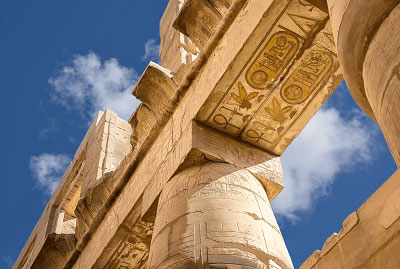
Safaga Shore Excursions Tours: One day tour Safaga to Luxor Visiting the Highlights of luxor West and East Bank that includes a visit to Valley of the Kings, Hatshepsute Te...
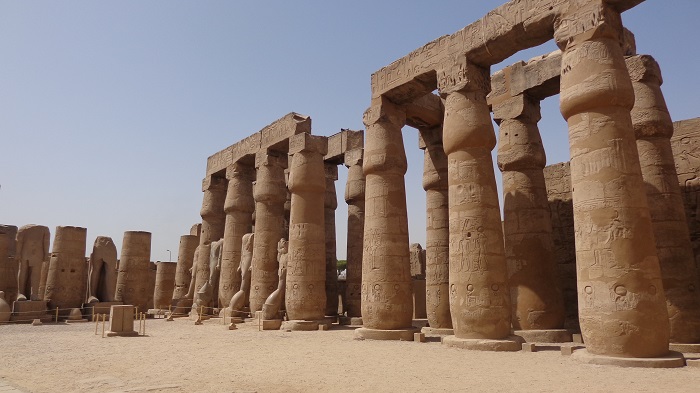
Safaga Shore Excursions: Overnight trip to Luxor from Safaga port visiting Luxor Temple, Karnak temples and Valley of the Kings and more. You are going to have a private to...
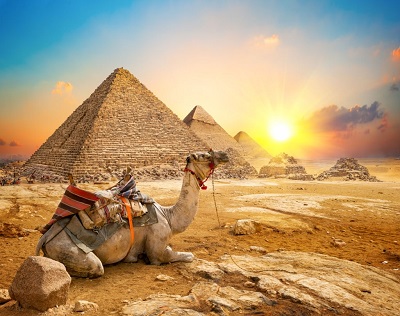
Safaga Shore Excursions: Private tours from Safaga Port Visiting Cairo and luxor for 2 Days 1 night visiting Giza Pyramids in cairo ,Luxor Temple,Valley of Kings and Coloss...
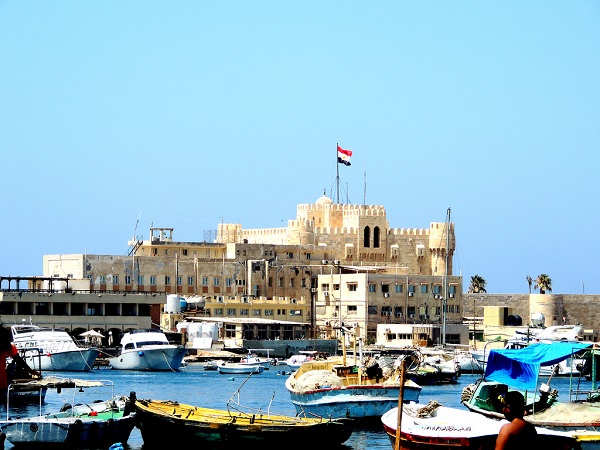
Enjoy Cairo To Alexandria Day Trip, Visiting rock-cut Roman catacombs, the ruins of a Roman temple complex, and Qaitbey Citadel. Visit the old Bibleotheca Alexandrina and e...
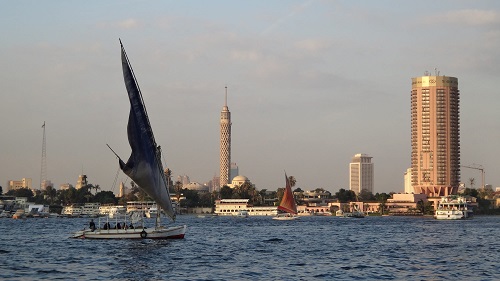
Waft along the fabled River Nile in time-honored Egyptian style on a private 60-minute 'felucca' boat ride in Cairo. Settle aboard a comfortable, white-sailed '...
Your entire vacation is designed around your requirements with expert guidance every step of the way.
Speak with our Egypt specialists for your perfect luxury journey.